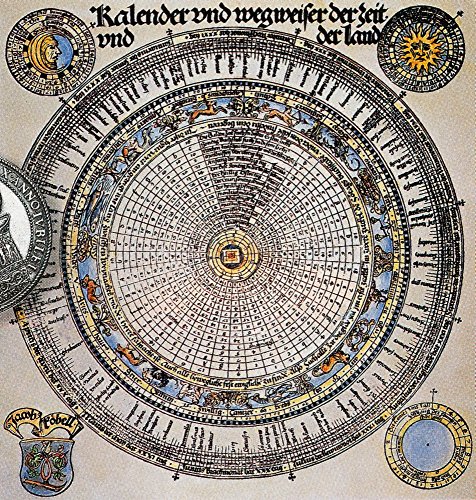Leap Day is a day added to the Gregorian calendar in February (February 29) every four years to synchronize the calendar with the seasons of the natural year.
While the Gregorian, or Western, calendar has 365 days in a normal year, the solar year is actually about 365.24 days long. That fractional difference adds up over time, eventually placing spring in July and midsummer in late autumn.
Julius Caesar and his staff invented Leap Day in the Western world. Caesar decreed a transitional year in 46 B.C. known as the "Year of Confusion" with 445 days. From then on, Leap Day occurred once every four years.
This solution was imperfect, though, adding 0.03124 of a day too much, making the Julian calendar run 600 seconds too fast each year. Fifteen hundred years later, important dates on the calendar like Easter were drifting into the wrong seasons.
In 1582, Pope Gregory XIII and his astronomer, Christopher Clavius, came up with a time-warp scheme to correct the calendar again. In leap years divisible by 100, like the year 1900, Leap Day is skipped unless the year is also divisible by 400, like the year 2000, in which case Leap Day is observed. The lost leap days keep the calendar closer to natural time.
Leap Day Traditions
According to Irish folklore, Saint Brigid of Kildare complained to Saint Patrick that women "had to wait far too long for men to propose." Women were consequently given one day, Leap Day, every four years to make their own proposals. Several European cultures have a similar traditions, and some punish the man who refuses a proposal.
Babies born on Leap Day, or February 29, belong to an exclusive club with calendar birthdays just once every four years. In 80 years, a child born this year will be celebrating his or her 20th birthday.


